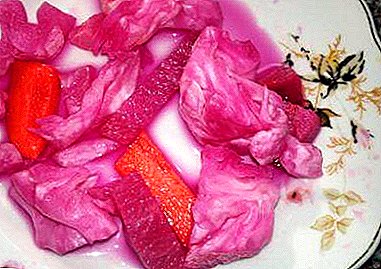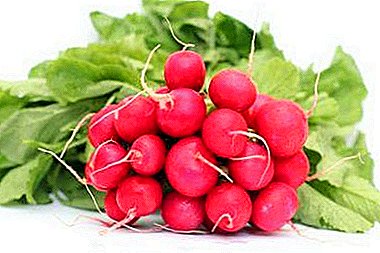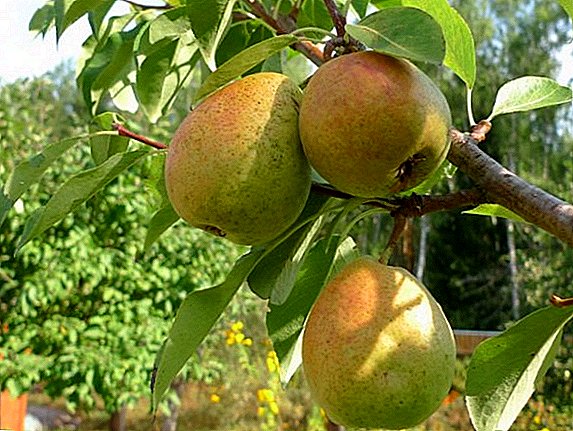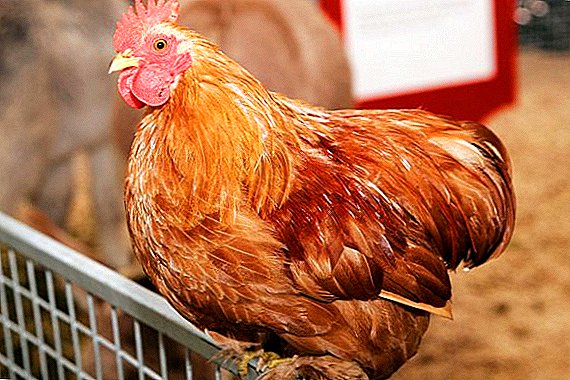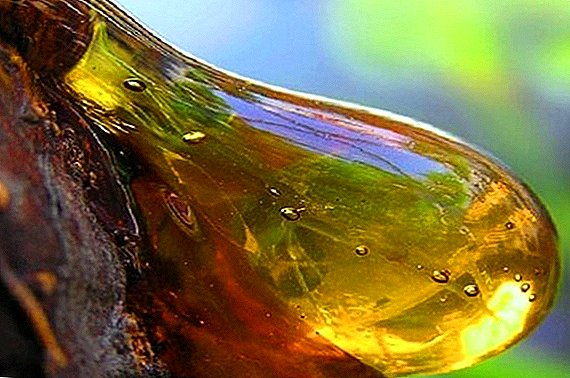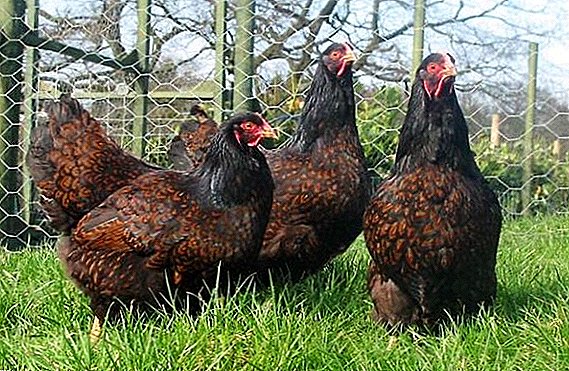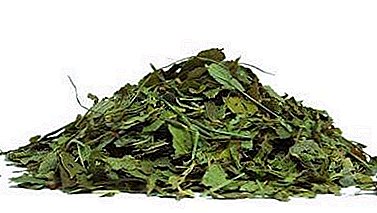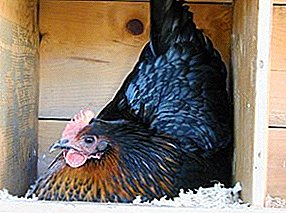
Chickens of the Black Moscow breed belong to the meat-and-egg direction - the most numerous breed in economic use, most often on small farms. This breed combines the best qualities of hens and meat chickens.
These chickens received the name "Moscow" thanks to their creators - the breeding of this common chicken breed nowadays took place at the Moscow State Farm "Solnechnoye". A new breed was registered in the 80th year.
Also, scientists from the Moscow Agricultural Academy (Department of Poultry), bird specialists from the Bratsevskaya poultry factory and the Saratov city farm - Mummovskoye took part in a unique development.
Scientists have been breeding for several years. In the course of their work, the Yurlov chickens, the Leghorn chicks, and the New Hampshire chickens crossed. Then, hybridized individuals that were already bred intersected with each other. All this painstaking work was carried out in order to get chickens that would have high productivity eggs, but did not lose weight.
Improving the results obtained led to good results - the breed of Moscow Black Chickens was very resistant to infections, unpretentious to the weather and food.
Breed description Black Moscow
The plumage of this breed of chickens is so dense that they are free can be kept in harsh climates. The body size is of medium size, it has an elongated regular shape. Big head, bulging chest, short neck.

The color is mostly black, the neck is covered with golden plumage, the comb is small in size, erect, the tail is bushy, but not high. The color of the legs is black, but in females they are somewhat darker than in males. At the age of about six months, chickens begin to produce an egg.
Features
Since this breed is meat-egg, it is distinguished by a well-developed musculaturethat affects the taste of meat - it is much tastier than that of chicken strictly egg direction.
In the process of selection, these chickens acquired a high stress resistance, which effectively affects the average egg production.
Content and cultivation
 These hens inherited from the meat progenitors enough calm character.
These hens inherited from the meat progenitors enough calm character.
For this reason, it is not necessary to provide a place for walking birds with a high fence if they are kept in a poultry house with access to the street. As a positive side, it can be noted that chickens equally well tolerate relatively free keeping and placement in cages.
Despite the fact that the chickens of this breed tolerate any vagaries of nature quite well, the heat in the house will not hurt them.
In the cold season, straw should be laid on the floor of the house, and when it is warm outside, it will be enough to fill the sand with a layer of about 20 cm, adding dry leaves, sunflower husk or small corn kernels to it. Gradually chicken droppings will be mixed in there - this litter will be an excellent source of heat.
Chickens consume more food.than the laying hens, but less than their broiler kin. If the feed is not enough, then the activity of egg production in these chickens falls, but it is restored again with the normalization of food.
This feature of them is very useful to the farmer, because he can easily pick up the right amount of feed for optimal production of eggs from these chickens.
By the way, with proper feeding, egg production rates may even increase by 20 percent. It is noteworthy that chickens are unpretentious to the quality of feed, and therefore they can be attributed to cost-effective ones.
This chicken breed is characterized by increased resilience and breeds the same offspring, able to adapt to the climatic conditions where they live. Chicks hatch mostly black. Hatching percentage - 92.
Photo
In the first photo, you can see the hens quietly walking in the backyard with the roosters:
Walking in the garden:
There, just a little closer angle:
You see that chickens walk not for the sake of fresh air only, but more for the sake of variety in the diet:
Specifications
Inside the breed there are five subspecies, all of them are meat and egg directions, but there are also purely egg directions. The egg production of chickens 200 - 210 eggs per year, weighing about 60 grams. The weight of the chicken after plucking is usually not more than 2.5 kg., The rooster is 3.5 kg.
Of course, according to their weight characteristics, they are inferior to chicken breeds of meat breeds, but only slightly: on average, the rooster weighs 500 grams less than a broiler rooster, but it also grows more slowly.
If a farmer selects larger individuals for breeding, this will adversely affect their egg production.
Where can I buy in Russia?
Breeding in Russia are engaged in such enterprises as LLCGene pool"in the city of Sergiev Posad (st. Masliyev, 44, tel: +7 (925) 157-57-27, +7 (496) 546-19-20) and FGUP PPZ"Kuchinsky"in the city of Balashikha (Novaya st., 7, tel: +7 (495) 521-50-90, 521-68-18). They offer both an incubation egg, and chickens, and adult black Moscow hens.
Analogs
To the meat-and-egg direction, in addition to the black Moscow breed, such chickens as the Rhode Island, Australorp, Sussex, Kuchinsky Jubilee, Zagorsk, Yurlovsky can be attributed, but Moscow White and New Hampshire are the closest.
 The once widespread breed of hens, Cochinquin, is still popular with small and medium-sized farms.
The once widespread breed of hens, Cochinquin, is still popular with small and medium-sized farms.
Moscow White
The black Moscow chickens are very similar in many respects to the white Moscow chickens, which appeared at about the same time as the black chickens as a result of the work of scientists from the All-Union Poultry Institute.
The weight of females of the white breed is more than black - 2.7 kg on average, and roosters, on the contrary, less - just over three kilograms. According to the testimony of egg production, white chickens are significantly inferior to black, producing no more than 180 eggs a year, the weight of which does not exceed 55 grams.
New Hampshire Chickens
Of course, an analogue of the black Moscow breed can be called its ancestor - the New Hampshire chicken. She has a nut-colored plumage with black spots on her neck, and her tail is also black. Egg production is almost the same - 200, and often more eggs weighing 65 to 70 grams per year.
The versatility of the black Moscow breed attracts attention from private households and small farms that are attracted the possibility of obtaining and tasty meat, and fresh eggs.
It is known that experiments on the crossing and improvement of the black Moscow breed continue to this day. The egg production of new subspecies increased to 250 eggs per year, the weight of an individual egg became larger and can reach 70 grams.


